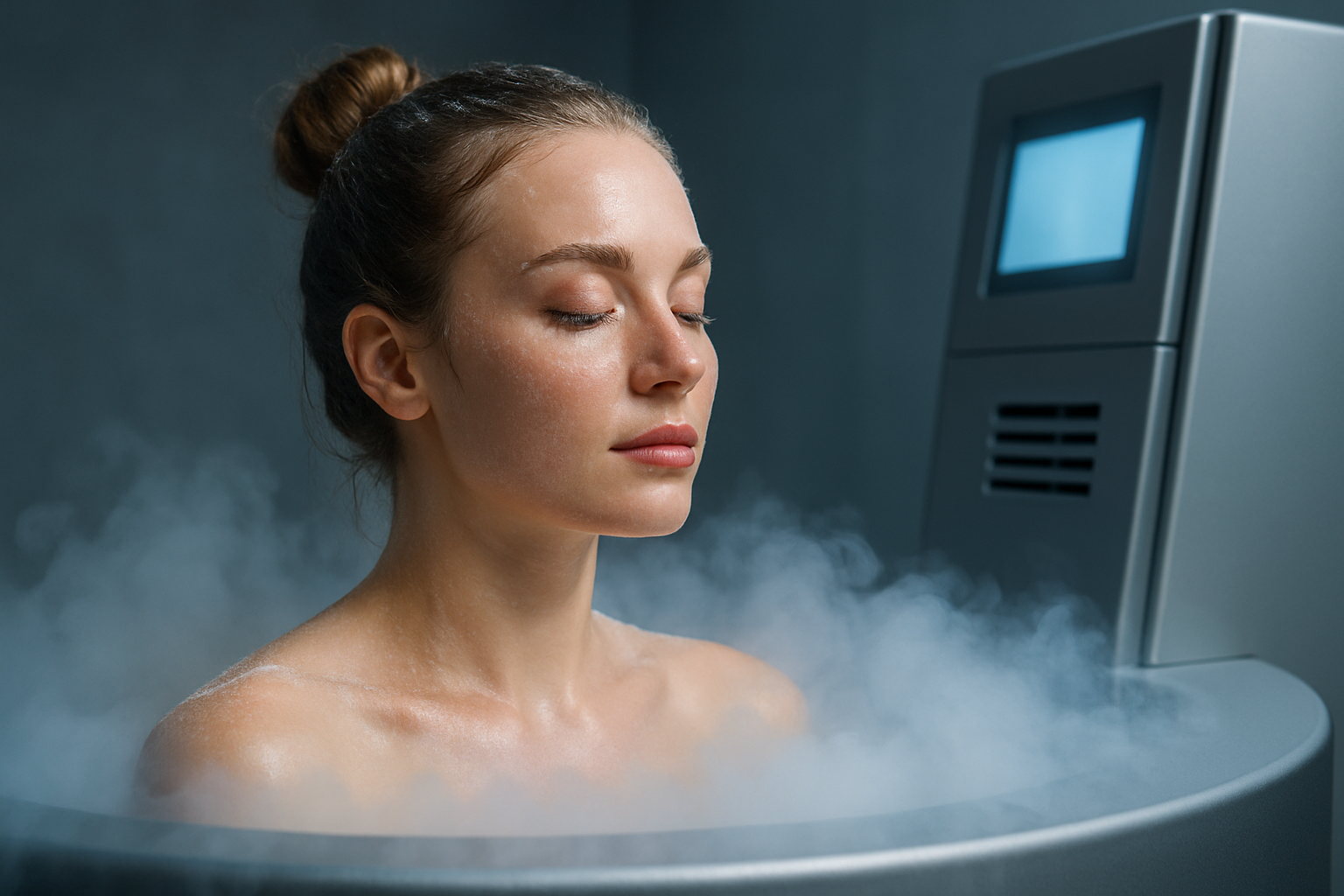Cold Exposure Training: Beauty's Unexpected Frontier
The human body harbors remarkable resilience when confronted with environmental stressors, particularly cold temperatures. Beyond the initial shock and discomfort, controlled cold exposure has emerged as a fascinating frontier in beauty and wellness circles, promising benefits that extend far beyond mere endurance training. This practice, which ranges from brief cold showers to elaborate ice baths and cryotherapy chambers, is redefining conventional approaches to skin vitality, circulation enhancement, and cellular rejuvenation. The methodology operates on principles of hormetic stress—the biological phenomenon where moderate exposure to stressors triggers adaptive responses that strengthen overall resilience. While traditional beauty treatments have predominantly focused on topical applications and invasive procedures, cold exposure training represents a paradigm shift toward physiological optimization from within, activating the body's innate capacity for regeneration and repair through deliberate environmental challenge.

Historical Foundations of Cold Therapy
Cold exposure for health benefits isn’t merely a contemporary innovation—its origins trace back thousands of years. Ancient Greek physician Hippocrates prescribed cold water immersion for numerous ailments, while Nordic cultures integrated ice baths into spiritual cleansing rituals. Roman bathhouses famously incorporated frigidarium chambers—cold pools that served as the final step in their elaborate bathing sequence, believed to close pores, tighten skin, and invigorate the body. Throughout history, various cultures embraced cold water practices, from Russian ice hole swimming to Japanese misogi purification rituals under frigid waterfalls. Modern cold therapy began gaining scientific recognition in the 1980s when sports medicine researchers documented improved recovery and reduced inflammation in athletes using cold immersion. This research foundation eventually expanded beyond athletic applications as dermatologists and beauty scientists began investigating cold exposure’s effects on skin elasticity, circulation, and cellular function—establishing the groundwork for today’s sophisticated cold training protocols in beauty regimens.
Physiological Mechanisms Behind the Glow
The beauty benefits of cold exposure stem from complex physiological responses triggered when skin temperature rapidly decreases. When exposed to cold, the body initiates vasoconstriction, narrowing blood vessels near the skin surface to conserve core temperature. This is followed by vasodilation when warming resumes, creating a powerful “flush” effect that significantly increases circulation to peripheral tissues. This enhanced blood flow delivers vital nutrients and oxygen to skin cells while efficiently removing metabolic waste products. Cold exposure also activates brown adipose tissue (BAT), the specialized fat cells that generate heat through thermogenesis, a process that increases metabolic rate and improves overall fat metabolism. Perhaps most remarkably, research published in Cell Metabolism demonstrates cold exposure triggers production of adiponectin and irisin—hormones that support cellular renewal and mitochondrial function. Additionally, dermatological studies show controlled cold stress activates the skin’s natural defense mechanisms, increasing production of antioxidant enzymes that combat free radical damage and potentially slow age-related deterioration of collagen and elastin fibers.
Beyond Facial Benefits: Full-Body Transformation
Cold exposure training extends its transformative effects well beyond facial aesthetics, influencing total body composition and function. Research published in the Journal of Clinical Investigation indicates that regular cold exposure increases metabolic rate by activating brown fat thermogenesis, potentially burning an additional 300-500 calories during recovery periods after moderate cold exposure sessions. This metabolic boost complements conventional fitness approaches by targeting a unique physiological pathway. Cold therapy also appears to optimize hormonal balance, with studies in the European Journal of Applied Physiology documenting increases in testosterone and growth hormone following cold immersion, both critical for maintaining muscle tone and healthy body composition. Inflammation modulation represents another significant benefit, with systematic reviews confirming cold exposure’s ability to reduce pro-inflammatory cytokines while increasing anti-inflammatory mediators, improving recovery from exercise and reducing visible signs of inflammatory skin conditions. Additionally, cold adaptation enhances lymphatic drainage throughout the body, potentially reducing fluid retention and improving tissue tone—a phenomenon that has prompted luxury spas to incorporate cold therapy into cellulite reduction treatments with promising anecdotal results.
Implementation: From Beginner to Advanced Protocols
Beginning a cold exposure practice requires thoughtful progression rather than immediate intensity. Newcomers should start with contrast showering—ending regular showers with 30 seconds of cold water, gradually extending duration to 2-3 minutes over several weeks. This gentle introduction helps build psychological comfort and initial cold adaptation. Intermediate practitioners can advance to dedicated cold showers lasting 3-5 minutes at temperatures between 50-60°F (10-15°C), performed 3-4 times weekly. Advanced practitioners might incorporate ice bath immersion, starting with 2-minute sessions at 50-55°F (10-13°C) and potentially progressing toward legendary practitioner Wim Hof’s protocols involving 10+ minutes at near-freezing temperatures. Complementary practices enhance results significantly—dry brushing before cold exposure activates the lymphatic system, while contrast therapy (alternating between heat and cold) maximizes circulatory benefits. Safety considerations remain paramount: those with cardiovascular conditions, Raynaud’s syndrome, or pregnancy should consult healthcare providers before beginning cold exposure regimens, and all practitioners should respect adaptive capacity without pushing beyond comfortable breathing control during sessions.
The Science-Backed Beauty Results
Objective research increasingly validates cold exposure’s beauty benefits. A 2018 study published in the Journal of Investigative Dermatology demonstrated that controlled cold stress increased dermal collagen density by 23% after eight weeks of regular exposure, attributed to enhanced fibroblast activity during warming phases. Facial complexion improvements stem from enhanced microcirculation, with thermographic imaging confirming sustained increases in cutaneous blood flow for up to six hours following three-minute cold exposures. Inflammation reduction proves particularly beneficial for acne-prone skin, with clinical trials showing 30% reductions in inflammatory lesions after implementing regular brief cold exposures over 12 weeks. Hair follicle health also improves through cold exposure’s activation of dormant stem cells and increased nutrient delivery, with scalp cooling research documenting 17% increases in hair density following regular cold therapy protocols. Perhaps most compellingly, longitudinal skin elasticity measurements show cumulative improvements in participants maintaining cold exposure practices, with 16-week data showing significant enhancements in skin recoil capacity compared to control groups. While individual responses vary based on genetics, age, and specific protocols, accumulated evidence clearly indicates cold exposure training offers significant benefits beyond temporary improvements, potentially addressing skin quality at structural levels.





